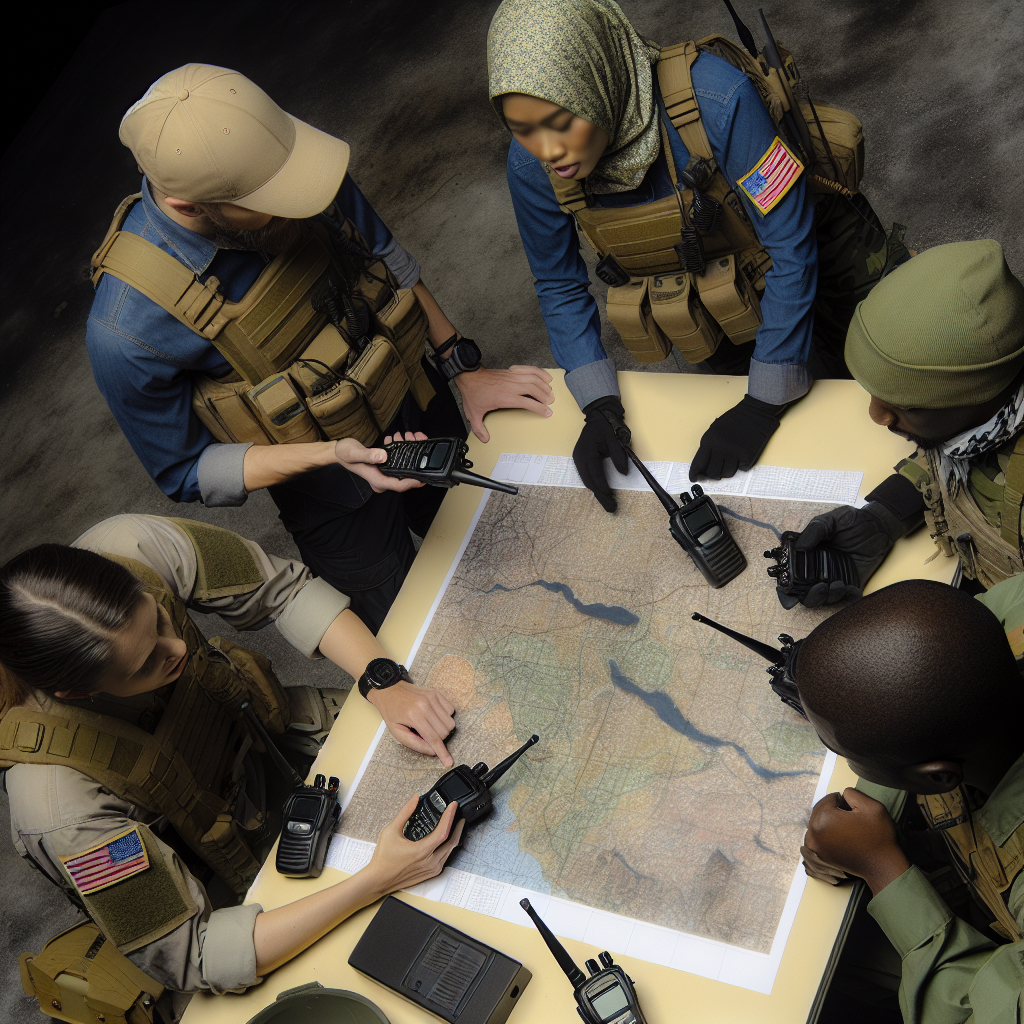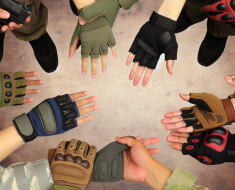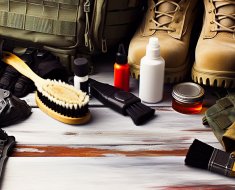How to Use Tactical Radios for Team Coordination

Effective communication is the backbone of any successful team operation, especially in high-stakes environments such as military missions, emergency response, law enforcement, and outdoor expeditions. Tactical radios serve as a critical tool in these scenarios, enabling seamless coordination, rapid information exchange, and enhanced situational awareness. Understanding how to use tactical radios properly can make the difference between mission success and failure.
This article delves into the essential aspects of using tactical radios for team coordination. We will explore their functions, best practices for communication, integration with operational protocols, and real-world applications supported by case studies and statistics.
Understanding Tactical Radios: Features and Functions
Tactical radios are communication devices designed specifically for use in demanding environments where reliability, durability, and security are paramount. Unlike commercial two-way radios or smartphones, tactical radios offer features that cater to complex operational needs.
- Secure Communication: Many tactical radios incorporate encryption technologies to prevent eavesdropping by adversaries.
- Multiple Channels: Users can switch between different channels or frequencies to avoid interference or segregate teams during multi-unit operations.
- Extended Range: Tactical radios often operate on UHF (Ultra High Frequency) or VHF (Very High Frequency) bands, allowing communication over several kilometers depending on terrain and equipment power.
- Durability: Designed to withstand harsh conditions including water exposure, dust, shock, and extreme temperatures.
- Interoperability: Many modern tactical radios support integration with other communication systems such as satellite links or command-and-control platforms.
For example, the AN/PRC-152 radio used by U.S. military forces provides frequency hopping capabilities to avoid jamming along with embedded GPS for location tracking. This combination enhances both security and situational awareness.
Key Principles of Effective Radio Communication
Even the most advanced tactical radio is ineffective if operators do not follow standardized communication protocols. Teams must adhere to clear procedures to minimize misunderstandings and maximize efficiency.
The NATO Phonetic Alphabet and Brevity Codes
The NATO phonetic alphabet (Alpha, Bravo, Charlie…) is used universally in tactical communications to spell out letters clearly under noisy or stressful conditions. For instance:
- “Proceed to checkpoint Bravo” instead of “checkpoint B”
- “Target located at grid Alpha-Three-Four” rather than ambiguous references
Brevity codes such as “Roger” (message received), “Over” (end of transmission), and “Wilco” (will comply) help streamline conversations without lengthy explanations.
Clear and Concise Messaging
Operators should communicate using short sentences that convey only necessary information. Avoid jargon unless all team members understand it. For example:
- “Enemy sighted at grid 17X” rather than “There’s some trouble over there.”
- “Requesting immediate medevac at position Delta-5” instead of vague requests.
Transmission Discipline
Avoid talking over one another by waiting for pauses before responding. Use push-to-talk (PTT) buttons properly to ensure messages are sent clearly without background noise interference. This discipline prevents confusion in chaotic situations.
Integrating Tactical Radios into Team Operations
Tactical radios are most effective when integrated into broader operational plans. Coordination involves more than just speaking on the radio; it requires structured workflows that leverage radio capabilities.
Pre-Mission Planning
Before deployment, teams should establish:
- Communication Hierarchy: Define who communicates with whom—leaders may have dedicated channels while sub-teams operate on separate frequencies.
- Coding Systems: Agree on code words or phrases for sensitive topics like enemy positions or casualty status.
- Radio Checks: Conduct test transmissions to ensure all units have functioning equipment with proper volume levels and clarity.
Real-Time Coordination
Tactical radios enable dynamic updates during operations such as:
- Status Reports: Team members can report progress or obstacles instantly.
- Command Orders: Leaders issue commands quickly based on evolving circumstances.
- Medevac Requests: Immediate calls for medical evacuation improve casualty survival rates—studies show timely medevac reduces mortality by up to 30% in combat zones (DOD Medical Journal, 2020).
Synchronizing Movements
Tactical radios allow teams to coordinate movements precisely—such as flanking maneuvers or retreating safely under fire—by providing continuous situational updates across dispersed units. This synchronization reduces friendly fire incidents and improves operational tempo.
Tactical Radio Case Studies: Lessons from the Field
The effectiveness of tactical radios has been demonstrated repeatedly in various real-world scenarios across military and civilian operations.
The Battle of Fallujah (2004)
This intense urban combat operation highlighted the critical role of radio communications in coordinating infantry units amidst complex terrain. U.S. Marines equipped with








